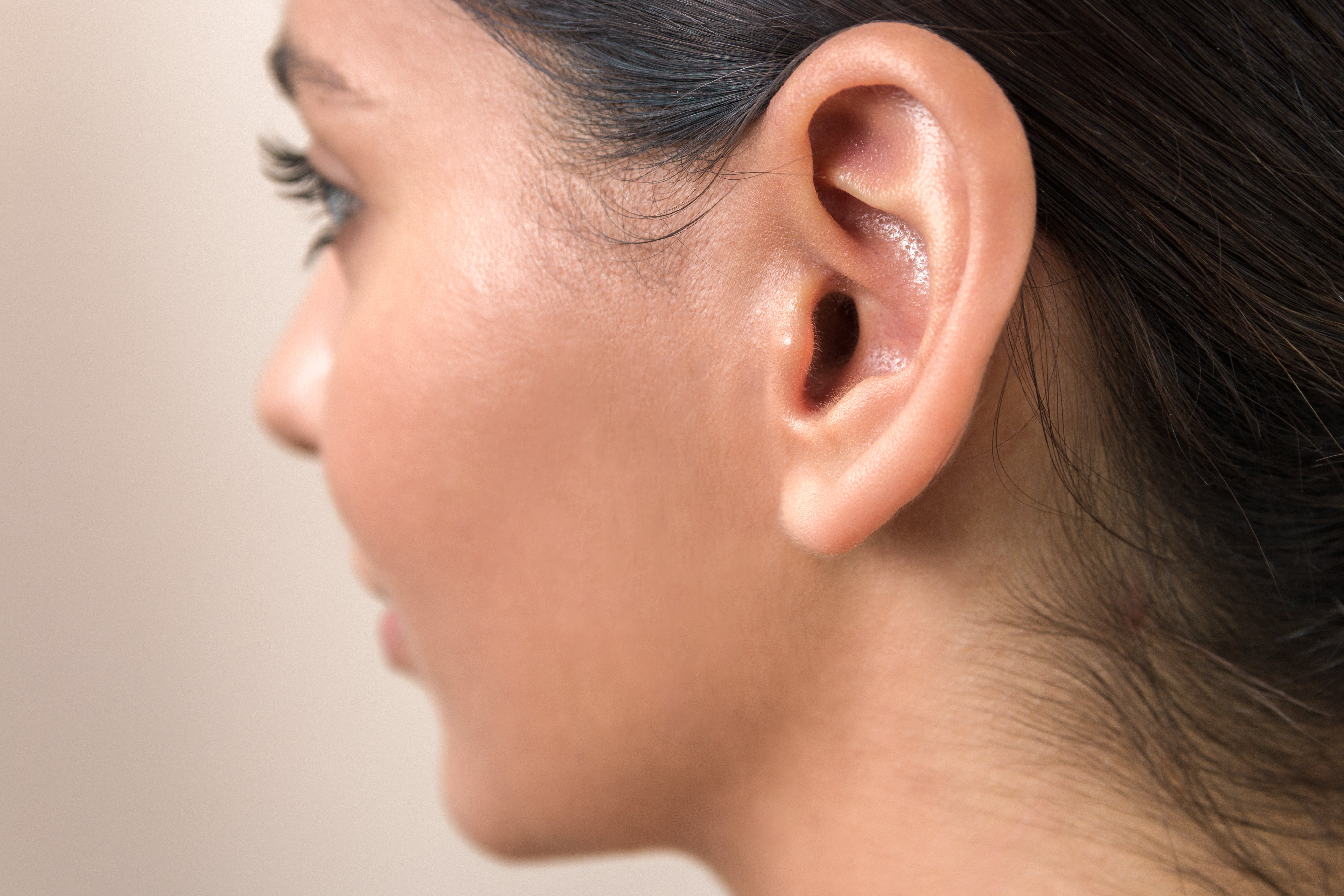Experts issue warning about viral TikTok ear-cleaning trend
Doctors have issued a warning after videos racked up millions of views

Your support helps us to tell the story
This election is still a dead heat, according to most polls. In a fight with such wafer-thin margins, we need reporters on the ground talking to the people Trump and Harris are courting. Your support allows us to keep sending journalists to the story.
The Independent is trusted by 27 million Americans from across the entire political spectrum every month. Unlike many other quality news outlets, we choose not to lock you out of our reporting and analysis with paywalls. But quality journalism must still be paid for.
Help us keep bring these critical stories to light. Your support makes all the difference.
A warning has been issued about self-care TikTok.
Although our ears are designed to be self-cleaning, ear-cleaning advice is currently going viral on the social media platform, with videos generating millions of views on how to remove earwax yourself, using tiny tools, olive oil and even harsh chemicals.
Ear cleaning has 378.5m TikTok views, while earwax removal has 128.8m, and a Bluetooth ear-cleaning camera tool has amassed over 1.1million views.
It’s a worrying trend, as audiologists say it’s totally unnecessary to clean your own ears, and in turn, it could actually damage them. Our earwax is anti-bacterial, traps dust and other foreign particles, and usually drains out of the ears naturally, so just regular hair washing and gently drying the ear canal opening with a soft cloth should be all the cleaning you need to do.
“We would advise against trying any method of earwax removal at home due to the increased risk of developing an ear infection or damaging the ear,” warns Gordon Harrison, chief audiologist at Specsavers. “As a rule of thumb, don’t put anything smaller than your elbow in your ear.”
And Christina Kourie, a clinical audiologist at Pindrop Hearing in London, explains: “Wax will naturally work its way out of the ear canal, which can then be cleaned away.
“But there’s a trend on TikTok that involves people cleaning their ears at home via various methods, and several social media users have posted videos of themselves emptying their ears of wax using hydrogen peroxide, a chemical typically used in common household cleaning products.
“But it’s essential to approach this trend with caution as there are significant risks with putting this chemical in your ear and attempting to remove the wax with limited vision of the ear canal itself.”
She says other TikTok ear-cleaning trends include using olive oil to soften and remove excess wax, using various tools to dig and scrape inside the ear, and even small cameras touted as the latest trend to clean the ear canal.

“Cleaning your ears at home using some of these techniques could damage your ears and hearing,” warns Kourie. “The ear is a very delicate organ, which is actually designed to clean itself. This means that digging and scraping is unnecessary and can make the problem worse, because the tools can push the wax and the debris back into the ear.
“There’s also a risk that you could cut the inside skin of the ear if you’re scraping incorrectly, which could cause a bacterial infection.”
She says in the worst-case scenario, the ear drum could be punctured if a cleaning tool is pushed too far into the ear, and stresses: “Even using a cotton swab should be avoided, as this can push wax deeper into the ear canal and cause damage.”
Harrison also cautions against trying to remove impacted earwax, warning: “We strongly advise against attempts to remove impacted earwax – which is wax build-up – as you run the risk of causing long-term or permanent damage to your ears.
“Our ears are very efficient in cleaning themselves and it is ironically the people who try to clean their ears who usually end up with impacted earwax.”
He stresses that using cotton buds, fingers or any other object to try and remove wax may be detrimental as they can push wax further down the ear canal. “Therefore, I suggest leaving them to cleanse themselves naturally,” he says.
Kourie explains that while some people may think earwax is unpleasant, it’s there for a reason. “It’s to help protect the ear,” she says. “It protects the skin of the ear canal, helping it with cleaning and lubrication, while also providing some protection against bacteria, fungi, insects, and water which may enter the ear.”
So if it’s unwise to follow the TikTok ear cleaning advice, what should you do instead?
Not very much, advises Kourie. “To clean your ears at home, people should gently clean the outer ear with a soft cloth and should leave the cleaning of the inner ear to its natural mechanisms,” she says.
“It’s natural for some people to produce more earwax than others, and they may want to remove this excess earwax. But this should always be done by a professional, to protect your ear health and hearing.”
And Harrison adds: “If you want to keep ears clean on the outside, we recommend using a warm flannel to wipe around them while making sure nothing is actually inserted. You can also use certain medicated olive oil drops to soften the wax as a natural method of ear cleaning, but we’d always recommend you seek professional advice first.”
Both audiologists recommend seeing an earwax-removal specialist or trained audiologist who can remove earwax by using a syringe to irrigate the ears, or through using micro-suction, which uses gentle suction to remove excessive or troublesome earwax.